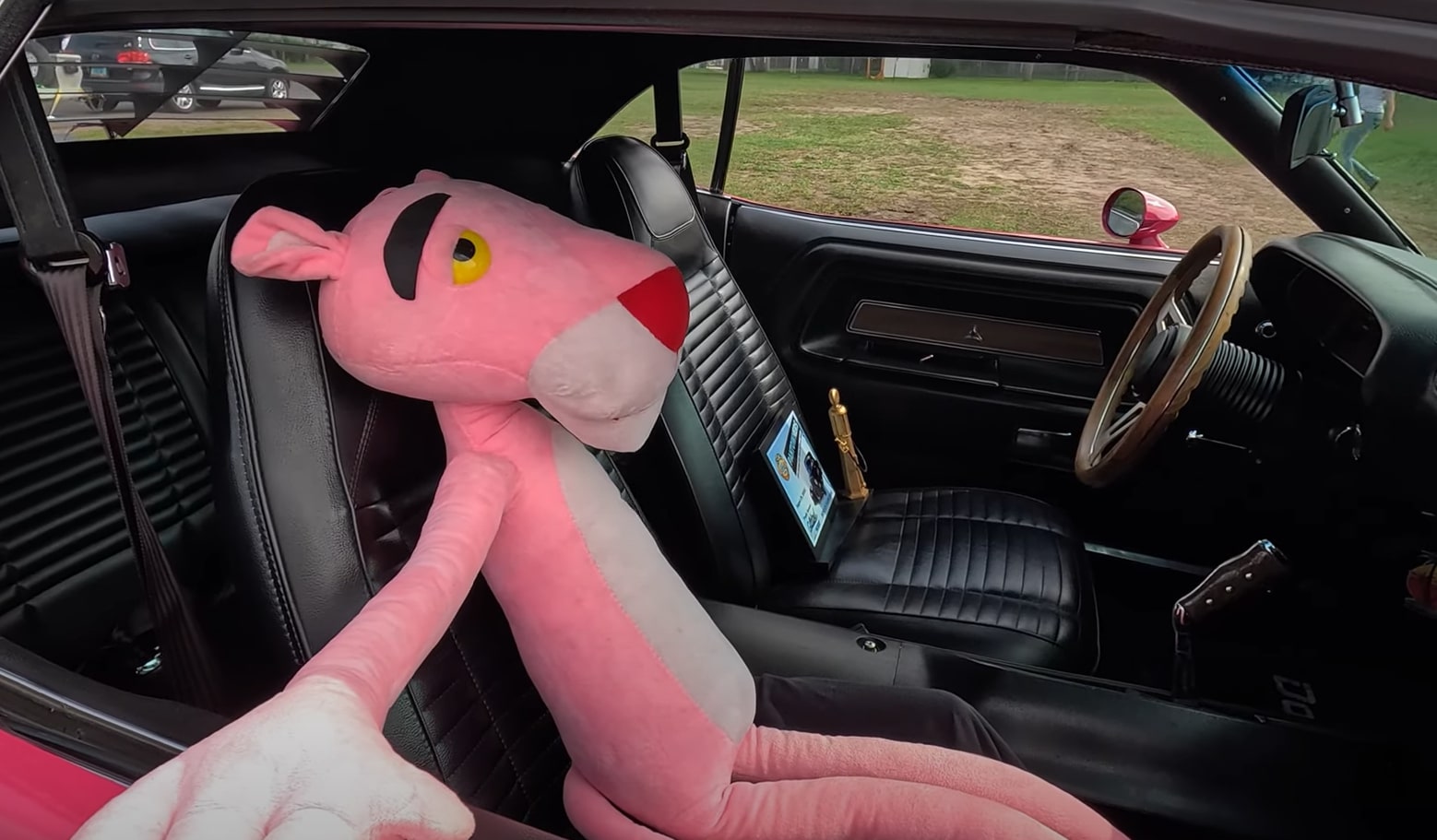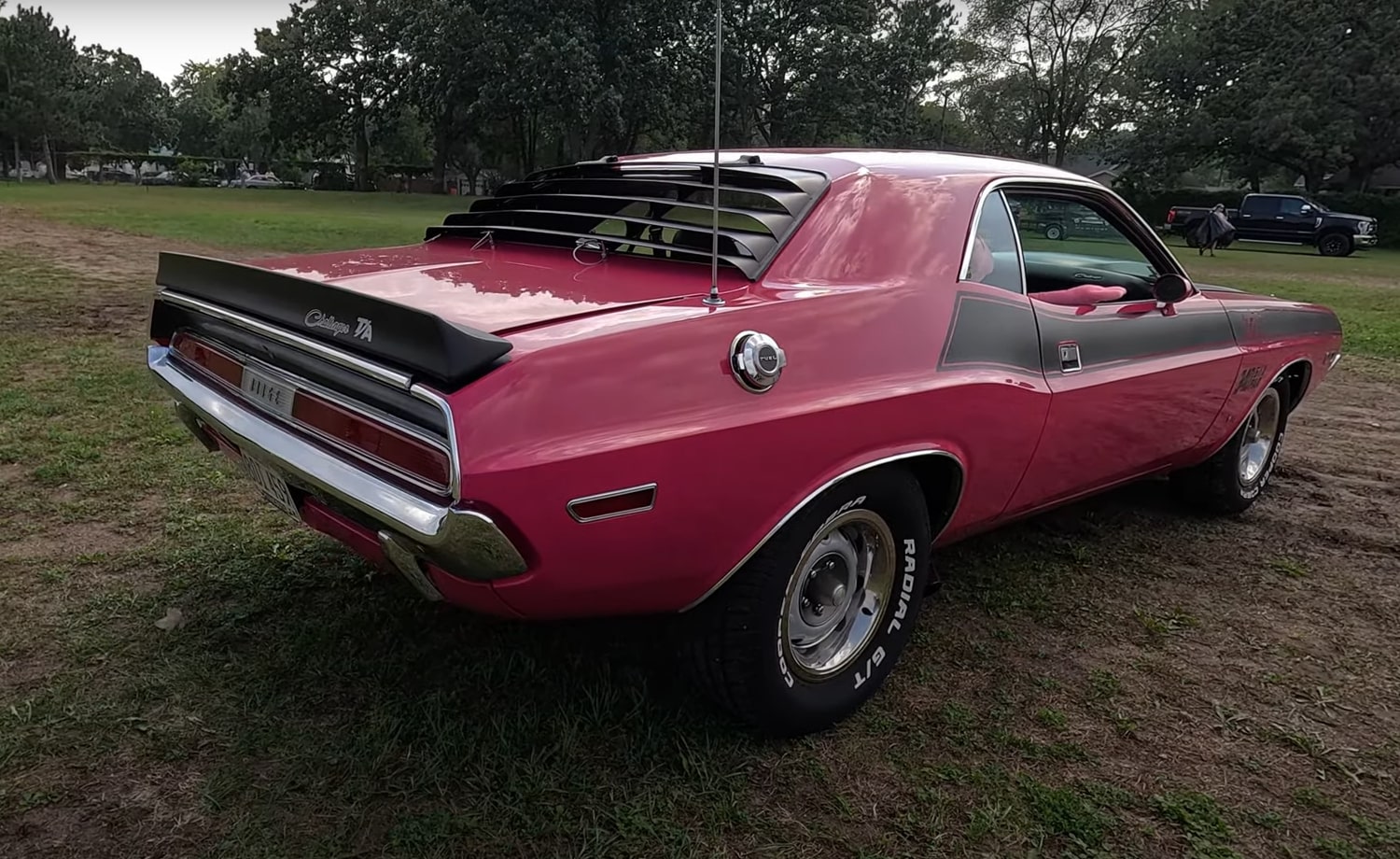The 1969 model year was a golden age for Mopar enthusiasts. Chrysler, already offering the potent 440-cubic-inch RB and legendary 426-cubic-inch HEMI engines, introduced the Six-Barrel version of the former. That year also marked the debut of a new, eye-catching color palette known as High-Impact hues.
Dodge and Plymouth led the charge with Bright Green, Go Mango, and Butterscotch. These vibrant colors soon expanded to include ten options, with Citron Yella / Curious Yellow being the last addition in 1971 and Top Banana / Lemon Twist lasting until 1973.

Plum Crazy / In-Violet and HEMI Orange / Tor Red remain the most iconic and sought-after colors from this era. However, some High-Impact hues were more elusive. Bright Green / Rallye Green was only available for a few months in 1969, while Panther Pink / Moulin Rouge was similarly short-lived in 1970. As a result, these colors are among the rarest and most prized by Mopar collectors.
The High-Impact colors not only added visual flair to Mopar muscle cars but also served as a marketing tool. These bold hues helped to differentiate Mopar models from their competitors and appeal to a younger, more performance-oriented demographic. The popularity of High-Impact colors contributed to the success of Mopar muscle cars during the late 1960s and early 1970s.
Despite its vibrant hue, pink wasn’t a popular choice among muscle car enthusiasts in the 1970s. Many vehicles were repainted by subsequent owners, further reducing the number of original pink models. The exact count of surviving pink Mopars remains uncertain, but it’s likely a small, double-digit number spread across the B-body and A-body lineups.
This 1970 Dodge Challenger T/A, for example, could be one of only 12 known pink examples. However, without verification, it’s difficult to confirm its authenticity. The vehicle appears to be in excellent condition both inside and out.

If it is indeed a genuine FM3 car, it’s part of a highly exclusive group. The FM3 designation refers to a specific factory-built package that included performance upgrades like a larger engine, stiffer suspension, and a close-ratio four-speed manual transmission. These cars were designed for racing and were produced in limited numbers.
Beyond its rarity, the pink Challenger T/A’s unique color adds to its appeal. While pink may not have been a common choice for muscle cars, it does stand out and makes the vehicle even more distinctive. Given its condition and potential rarity, this particular example could be a valuable addition to any muscle car collection.

